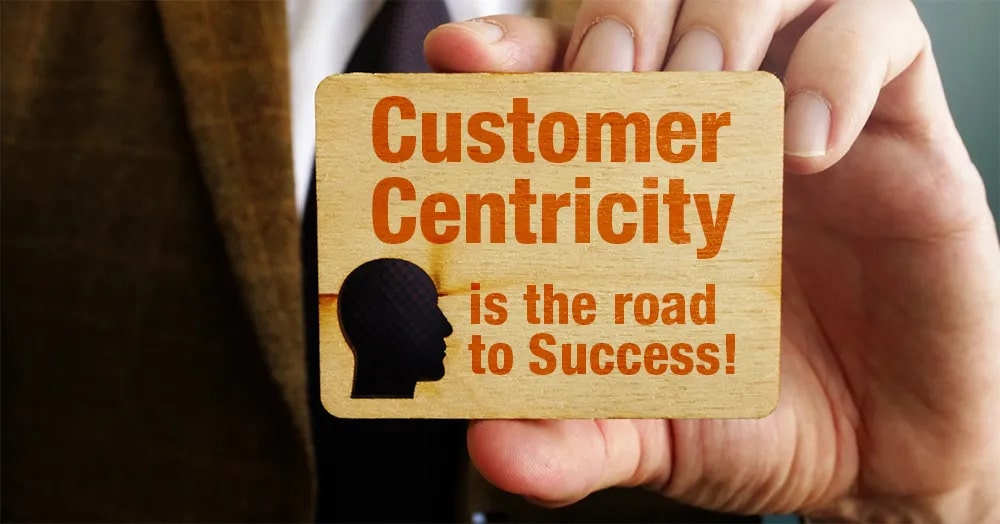In today’s competitive marketplace, customer support is a critical component of business success. Companies must choose between two primary approaches: proactive and reactive support. While reactive support addresses issues as they arise, proactive support anticipates and prevents problems before they occur. Finding the right balance between these two approaches is essential for delivering exceptional customer experiences. This article explores the benefits and challenges of proactive and reactive customer support and offers strategies for integrating both into a cohesive support strategy.
Understanding Proactive Customer Support
Definition: Proactive customer support involves anticipating potential issues and addressing them before customers experience problems. This approach focuses on preventing issues and enhancing the customer experience by providing timely, relevant information.
Benefits:
- Increased Customer Satisfaction: By addressing potential issues before they become problems, proactive support can significantly enhance customer satisfaction.
- Reduced Support Volume: Proactive measures can decrease the number of support requests, freeing up resources for more complex issues.
- Enhanced Loyalty: Customers appreciate when companies anticipate their needs, leading to increased loyalty and retention.
- Positive Brand Image: Proactive support contributes to a positive brand image, as customers perceive the company as attentive and caring.
Challenges:
- Resource Intensive: Implementing proactive support can require significant resources, including time, technology, and skilled personnel.
- Risk of Overcommunication: Overloading customers with information can be counterproductive, leading to annoyance rather than appreciation.
- Data Dependence: Effective proactive support relies on accurate and comprehensive data, which can be challenging to collect and analyze.
Understanding Reactive Customer Support
Definition: Reactive customer support involves responding to customer inquiries and issues as they arise. This approach focuses on resolving problems quickly and efficiently to restore customer satisfaction.
Benefits:
- Immediate Resolution: Reactive support addresses customer issues promptly, providing immediate solutions to their problems.
- Personalized Interaction: Reactive support often involves direct communication with customers, allowing for personalized and empathetic interactions.
- Targeted Problem-Solving: By addressing specific issues, reactive support can provide tailored solutions that meet individual customer needs.
- Cost-Effective: In some cases, reactive support can be more cost-effective, as resources are allocated only when issues arise.
Challenges:
- Customer Frustration: If not handled promptly and efficiently, reactive support can lead to customer frustration and dissatisfaction.
- High Support Volume: A purely reactive approach can result in a high volume of support requests, overwhelming the support team.
- Missed Opportunities: By focusing solely on reactive support, companies may miss opportunities to enhance the customer experience proactively.
Finding the Right Balance
Integrating Proactive and Reactive Support
1. Identify Common Issues
Proactive Approach: Use data analytics to identify common customer issues and address them before they arise. For example, if customers frequently encounter problems with a particular feature, provide tutorials or additional resources to help them understand how to use it effectively.
Reactive Approach: When customers contact support with common issues, ensure that agents are well-prepared to provide quick and effective solutions. Maintain a comprehensive knowledge base to assist agents in resolving these issues promptly.
2. Leverage Technology
Proactive Approach: Implement technologies such as AI and machine learning to predict potential issues and offer solutions proactively. For instance, AI-powered chatbots can provide instant answers to common questions, reducing the need for customers to contact support.
Reactive Approach: Use customer relationship management (CRM) systems to track customer interactions and provide personalized support. CRM systems help agents access customer history and provide contextually relevant assistance.
3. Educate Customers
Proactive Approach: Develop educational content, such as tutorials, webinars, and FAQs, to help customers understand and use your products or services effectively. Regularly update this content based on customer feedback and common issues.
Reactive Approach: When customers contact support, provide them with links to relevant educational content. Encourage agents to offer tips and guidance that empower customers to resolve similar issues independently in the future.
4. Monitor Customer Feedback
Proactive Approach: Actively seek and analyze customer feedback to identify trends and areas for improvement. Use surveys, social media monitoring, and feedback forms to gather insights and proactively address potential issues.
Reactive Approach: When customers provide feedback through support interactions, ensure that this information is documented and analyzed. Use this feedback to improve support processes and prevent similar issues from occurring in the future.
5. Implement Regular Check-Ins
Proactive Approach: Schedule regular check-ins with customers to ensure they are satisfied with your products or services. Use these interactions to address any potential issues before they become major problems.
Reactive Approach: When customers reach out with issues, follow up after the problem is resolved to ensure their satisfaction. Use these follow-ups to gather additional feedback and reinforce the company’s commitment to customer care.
6. Balance Communication
Proactive Approach: Communicate proactively with customers without overwhelming them. Send targeted messages that provide valuable information and address potential issues relevant to their specific needs.
Reactive Approach: Ensure that reactive communication is prompt and personalized. Train support agents to listen actively and respond empathetically, making customers feel heard and valued.
Case Studies
Case Study 1: E-commerce Company
An e-commerce company implemented a proactive support strategy by using AI to analyze customer data and predict potential delivery delays. They communicated these delays to customers in advance and offered solutions, such as expedited shipping or discounts on future purchases. This proactive approach reduced customer frustration and increased satisfaction.
Outcome:
- Reduced Support Requests: By addressing delivery issues proactively, the company saw a 30% reduction in support requests related to shipping delays.
- Increased Customer Loyalty: Customers appreciated the proactive communication and were more likely to make repeat purchases.
Case Study 2: SaaS Company
A SaaS company balanced proactive and reactive support by creating a comprehensive knowledge base and offering regular webinars on product features. They also trained their support agents to provide personalized assistance during reactive interactions. This combination ensured that customers had the resources to solve common issues independently while still receiving excellent support when needed.
Outcome:
- Improved Customer Satisfaction: The knowledge base and webinars empowered customers to resolve issues on their own, leading to higher satisfaction rates.
- Efficient Support Operations: By reducing the volume of common inquiries, the support team could focus on more complex issues, improving overall efficiency.
Conclusion
Finding the right balance between proactive and reactive customer support is essential for delivering exceptional customer experiences. By integrating proactive measures, such as identifying common issues, leveraging technology, educating customers, monitoring feedback, implementing regular check-ins, and balancing communication, businesses can enhance customer satisfaction, reduce support volume, and build long-term loyalty. In 2024 and beyond, companies that effectively balance these approaches will be well-positioned to succeed in an increasingly competitive marketplace. By prioritizing both proactive and reactive support strategies, businesses can ensure they meet the diverse needs of their customers and provide unparalleled service.



